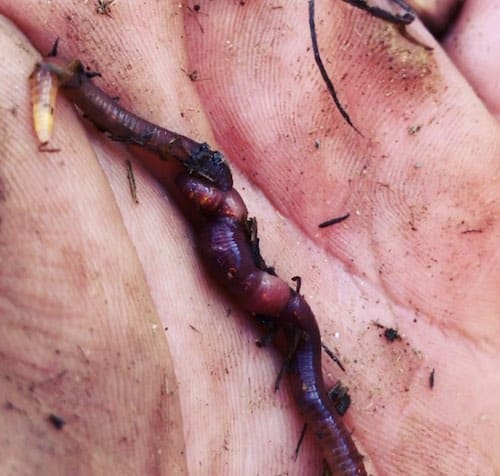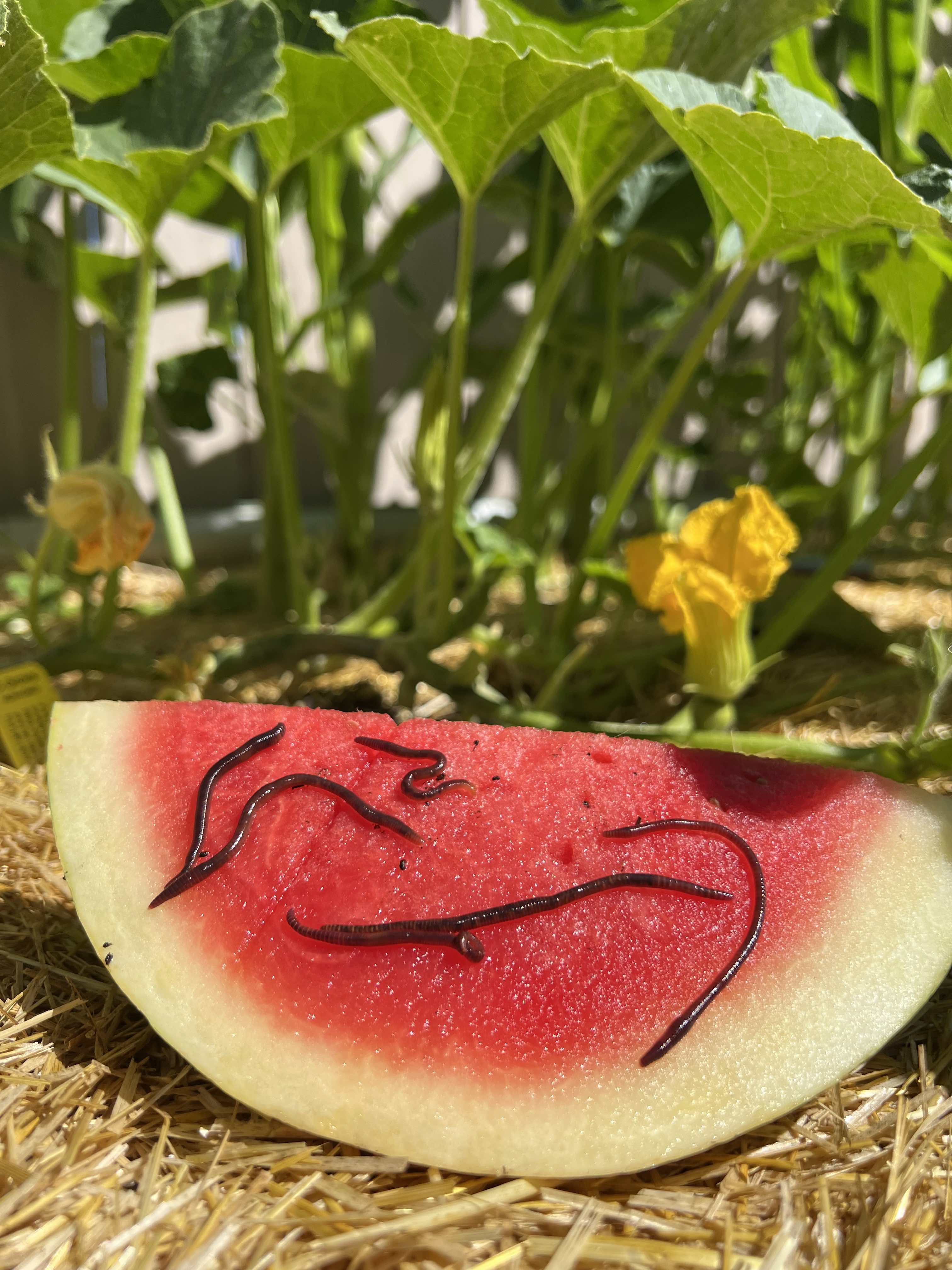Making The Most Of the Advantages of Red Wiggler Worms: A Comprehensive Manual for Home Gardeners and Urban Farmers
In the world of sustainable gardening practices, red wiggler worms stand as unrecognized heroes, silently changing natural waste into nutrient-rich spreadings that can function wonders for dirt health and wellness. As home gardeners and city farmers significantly seek cost-efficient and ecologically friendly means to improve their gardens, the potential advantages of utilizing the power of red wigglers can not be overstated. From minimizing kitchen waste to cultivating healthier plants, the use of these simple creatures supplies a plethora of benefits. By exploring the details of just how to successfully take care of and maximize the benefits of red wiggler worms, individuals can open a riches of chances for boosting the sustainability and efficiency of their horticulture endeavors.
Understanding Red Wiggler Worms
Red Wiggler worms, renowned for their reliable composting abilities, are a species of earthworms commonly used in vermiculture methods. These worms, clinically recognized as Eisenia fetida, grow in decomposing natural product, making them perfect candidates for composting.
One key quality of Red Wiggler worms is their reproductive rate. These hermaphroditic creatures possess both male and female reproductive organs, allowing them to reproduce rapidly under favorable conditions. A mature Red Wiggler can generate numerous spawn in a brief duration, making certain a constant populace within a composting system.

Establishing a Worm Container
When establishing a worm bin for vermiculture functions, appropriate prep work and interest to information are necessary for developing a helpful setting for Red Wiggler worms. Begin by picking an ideal container for your worm container.

Area the worm bin in a great, dark location away from straight sunshine and extreme temperature levels. By complying with these actions, you can set up a prospering worm container that will effectively refine natural waste into nutrient-rich vermicompost for your yard.
Feeding and Preserving Worms
Making certain a healthy and well balanced diet plan is crucial for the health and performance of Red Wiggler worms in a vermiculture system. It is essential to prevent feeding them citrus fruits, onions, garlic, dairy products, meat, and oily foods as these can be unsafe to the worms or cause unpleasant odors in the bin.
Proper dampness degrees are also critical for the well-being of Red Wiggler worms. The bed linens should feel like a damp sponge, offering enough dampness for the worms to breathe with their skin. On a regular basis examine the dampness levels and readjust by adding water or completely dry bed linens product as needed. Additionally, maintaining appropriate temperature problems in between 55-77 ° F(13-25 ° C )will certainly make sure optimum worm activity and recreation. By faithfully checking their diet plan, wetness, and environmental problems, home gardeners and urban farmers can sustain a healthy and efficient Red Wiggler worm population for composting functions.
Collecting Worm Spreadings
To efficiently extract nutrient-rich worm castings from the vermicompost, a methodical harvesting procedure is important for making best use visit this site of the composting benefits. The first step in collecting worm spreadings is to motivate the worms to move to one side of the bin.
After the castings have actually been collected, it is very important to separate any type of continuing to be worms from the castings to avoid harming them throughout storage space or application. One reliable method is to produce conical heaps of spreadings under bright light. Worms will instinctively move away from the light, permitting very easy separation and removal.
Finally, the gathered worm spreadings must be saved in an awesome, dark, and dry place to preserve their high quality and performance as a nutrient-rich dirt modification. By following these steps, home gardeners and urban farmers can maximize the benefits of red wiggler worms in their vermicomposting systems.
Making Use Of Worm Castings in Horticulture
The incorporation of nutrient-rich worm spreadings right into yard dirt can significantly boost plant development and total dirt health. Worm castings, additionally recognized as vermicast, are an all-natural plant food created by red wiggler worms as they break down organic matter. These castings are find more info abundant in necessary nutrients like nitrogen, phosphorus, potassium, and useful microorganisms that promote plant development and enhance soil framework.
When making use of worm spreadings in horticulture, it is important to mix them thoroughly right into the soil or utilize them as a top clothing around plants. The slow-release nature of worm spreadings makes sure a constant supply of nutrients to plants gradually, minimizing the risk of nutrient leaching and advertising long-lasting soil fertility. In addition, worm spreadings help boost dirt oygenation, water retention, and microbial activity, creating a healthy and balanced atmosphere for plant roots to prosper.

Final Thought
In final thought, the use of red wiggler worms in home horticulture and metropolitan farming can dramatically profit dirt wellness and plant development. By recognizing just how to establish up and maintain a worm bin, feed the worms correctly, and harvest their nutrient-rich castings, gardeners can optimize the advantages of these earthworms.
In the realm of sustainable gardening techniques, red wiggler worms stand as unrecognized heroes, silently changing organic waste into nutrient-rich castings that can function marvels for dirt health and wellness.When establishing a worm bin for vermiculture purposes, appropriate prep work and focus to information are crucial for developing a favorable atmosphere for Red Wiggler worms. The very first step in collecting worm spreadings is to urge the worms to move to one side of the great site bin. Worm spreadings, also known as vermicast, are a natural plant food generated by red wiggler worms as they damage down organic issue. By recognizing exactly how to establish up and preserve a worm bin, feed the worms properly, and collect their nutrient-rich castings, gardeners can make the most of the advantages of these earthworms.